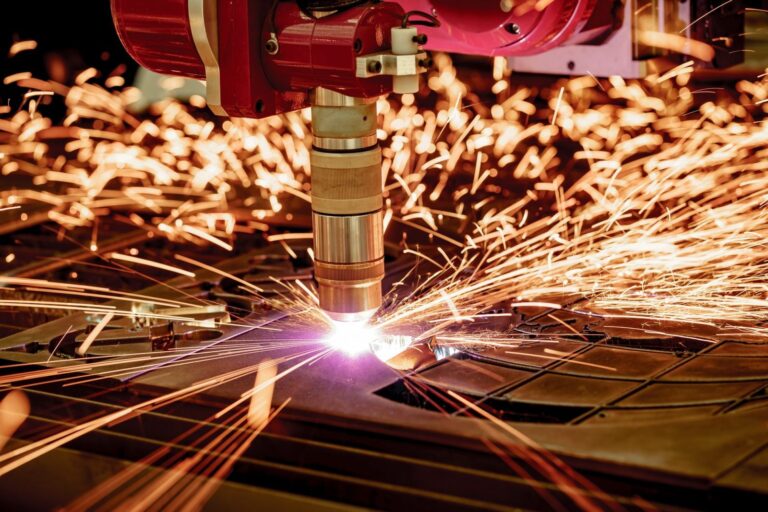Introduction
Japan, a country renowned for its innovative automotive industry and efficient use of space, has cultivated a unique driving culture centered around a specific type of vehicle: the keicar. These diminutive cars, characterized by their compact size and fuel efficiency, have become an integral part of Japanese urban life. This article delves into the world of keicars, exploring their history, characteristics, and the cultural significance they hold in Japan.
A Brief History of Keicars
The concept of keicars emerged in Japan during the post-World War II era as a means to address the country’s limited resources and growing urban population. Designed to be affordable, fuel-efficient, and easy to maneuver in tight spaces, keicars quickly gained popularity among Japanese drivers. Over the years, keicars have evolved, incorporating modern technologies and features while maintaining their core characteristics.
Key Characteristics of Keicars
- Compact Size: Keicars are significantly smaller than standard passenger cars, making them ideal for navigating congested city streets and limited parking spaces. Their compact dimensions contribute to their fuel efficiency and maneuverability.
- Fuel Efficiency: Keicars are renowned for their exceptional fuel economy. Their lightweight design and small engines allow them to achieve impressive fuel mileage, making them a cost-effective choice for daily commuting.
- Tax Benefits: The Japanese government offers tax incentives for keicar owners, making them even more attractive to consumers. These incentives include lower road taxes and vehicle registration fees.
- Versatility: Despite their compact size, keicars are surprisingly versatile. Many models offer ample interior space for passengers and cargo, making them suitable for a variety of purposes, from daily commuting to weekend getaways.
The Cultural Significance of Keicars
- Symbol of Efficiency: Keicars have become synonymous with efficiency and practicality in Japanese culture. Their ability to navigate crowded urban environments and minimize fuel consumption aligns with the Japanese values of resourcefulness and environmental responsibility.
- Community and Connection: Keicars have played a role in fostering a sense of community among Japanese drivers. Their compact size and maneuverability often lead to impromptu interactions and connections on the road.
- Symbol of Status: While keicars are often associated with affordability, they have also become a symbol of status in certain segments of Japanese society. Customized and modified keicars can be highly sought after and reflect their owners’ unique personalities and tastes.
Buying a Keicar: A Unique Experience
- Used Car Dealers in Japan: When considering purchasing a keicar, exploring the options available at used car dealers in Japan can be a fruitful approach. Used keicars often offer excellent value for money and a wide range of choices.
- Customization and Modification: Keicars are highly customizable, allowing owners to personalize their vehicles to suit their individual preferences. From exterior modifications to interior upgrades, there are numerous options available to make a keicar truly unique.
- Maintenance and Repairs: Keicars, like any other vehicle, require regular maintenance and repairs. While their compact size and simple design can make them relatively easy to maintain, it’s essential to adhere to recommended service intervals and address any issues promptly.
Conclusion
The keicar experience is a distinctive aspect of Japanese driving culture, reflecting the country’s emphasis on efficiency, practicality, and community. These diminutive vehicles have become an integral part of urban life in Japan, offering a unique combination of affordability, fuel efficiency, and versatility. Whether you’re considering purchasing a keicar or simply appreciating the cultural significance of these vehicles, understanding the keicar experience provides valuable insights into the unique driving culture of Japan.







